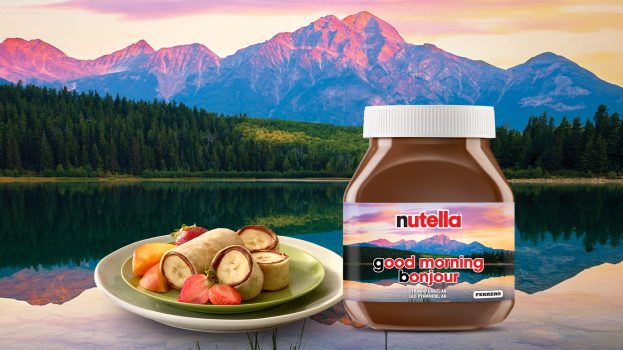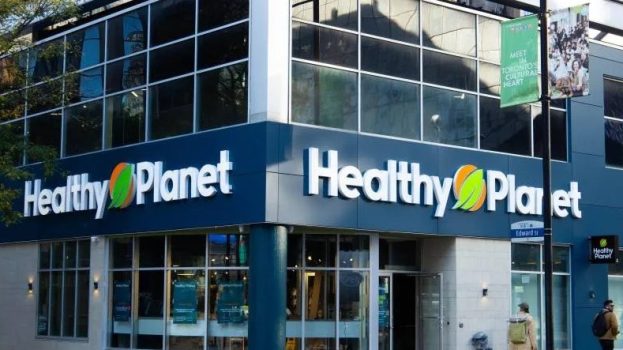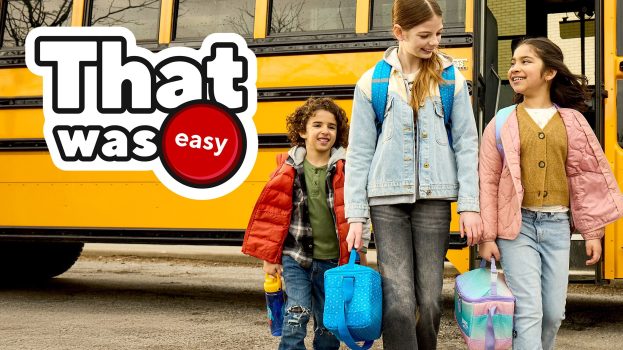![2019_SPC_NewApp_Banner_V3_Mobile[1]](https://cdn.strategyonline.ca/wp/wp-content/uploads/2019/08/2019_SPC_NewApp_Banner_V3_Mobile1-622x829.png)
SPC is a loyalty program for students that offers discounts and rewards at more than 450 partner retailers and brands. Because of that, Lorena Monetti, senior manager of brand, marketing and experience at SPC, says the company has been undergoing a shift to make its brand more appealing to the Gen Z cohort that’s currently in school, refreshing its brand approach that was previously more tailored towards millennials. The black-and-white branding has been updated to be more colourful, with creative and copy that is also cheekier.
![2019_SPC_HomeBanner_Mobile[1]](https://cdn.strategyonline.ca/wp/wp-content/uploads/2019/08/2019_SPC_HomeBanner_Mobile1-225x300.png) The updated look and brand voice is being shown in new ads launching later this month as part of a back-to-school push appearing in targeted digital ads, OOH, in-store and Snapchat filters. The brand is also promoting a contest where members can win a VIP experience in the form of a trip for two to New York in December to skate the rink outside the city’s Rockefeller Center and get special access to the Jingle Ball concert. In over 350 high schools that use SPC as part of their own fundraising efforts, a separate contest will send Juno-nominated hip hop artist Anders to a winning school for an exclusive concert. SPC worked with Substance Group on the VIP experience contest, while Society Inc. is running digital ads for the campaign.
The updated look and brand voice is being shown in new ads launching later this month as part of a back-to-school push appearing in targeted digital ads, OOH, in-store and Snapchat filters. The brand is also promoting a contest where members can win a VIP experience in the form of a trip for two to New York in December to skate the rink outside the city’s Rockefeller Center and get special access to the Jingle Ball concert. In over 350 high schools that use SPC as part of their own fundraising efforts, a separate contest will send Juno-nominated hip hop artist Anders to a winning school for an exclusive concert. SPC worked with Substance Group on the VIP experience contest, while Society Inc. is running digital ads for the campaign.
Based on consumer research and feedback, SPC has made improvements to the UI of its app and website, which Emanuel Barbosa, senior director of loyalty and product strategy at SPC, compares to the look and feel of other social media platforms that Gen Z is used to exploring. It has also addressed numerous pain points (such as the number of taps it took to access their card in the app), and adding a mobile wallet-like function that stores their student ID. Given that many students are using “budget” phones and mobile plans that they pay for themselves, the app has also been updated to run on older devices and operating systems, with more features available offline so they don’t use mobile data.
“We’re relating to students and putting them first, where as before it was putting our brand first,” says Monetti.
Using consumer data for personalization has become table stakes when it comes to loyalty, but SPC does not have access to the same level of data other programs might have. Where a program like PC Optimum (which Barbosa worked on prior to joining SPC earlier this year) can personalize its offers based on purchase data collected directly from its own POS systems, SPC has to collect that from all of its partners, as well as organize it and ensure it is correct and clean. On top of that, roughly 40% of the 1.1 million SPC users are under the age of 18, which limits the amount of data it is able to collect, both due to regulations and the “creepiness factor.”
While Barbosa says further efforts towards personalization are in the works, it has done what it can to personalize offers with what’s available. It has improved geo-location features so users can see which features are available from retailers in their vicinity, as well as given them the ability to manually select which product categories they are most interested in. Each time the app is opened, the offers shown are “shuffled,” helping to improve discoverability within the 450 different offers and programs. And while consumer feedback suggests SPC users like the “always on” nature of the program – meaning the offers that aren’t available for a limited time – it is working to surface some of those limited offers within the app if they are relevant to a user’s interests.
“With the short runway we’ve had, we’ve taken our first steps into personalization,” Barbosa says, referring to the fact that the digital update was done in a matter of months. “One of my main focuses is how we continue to evolve personalization for the user by layering on research and behavioural data from within the app itself.”























